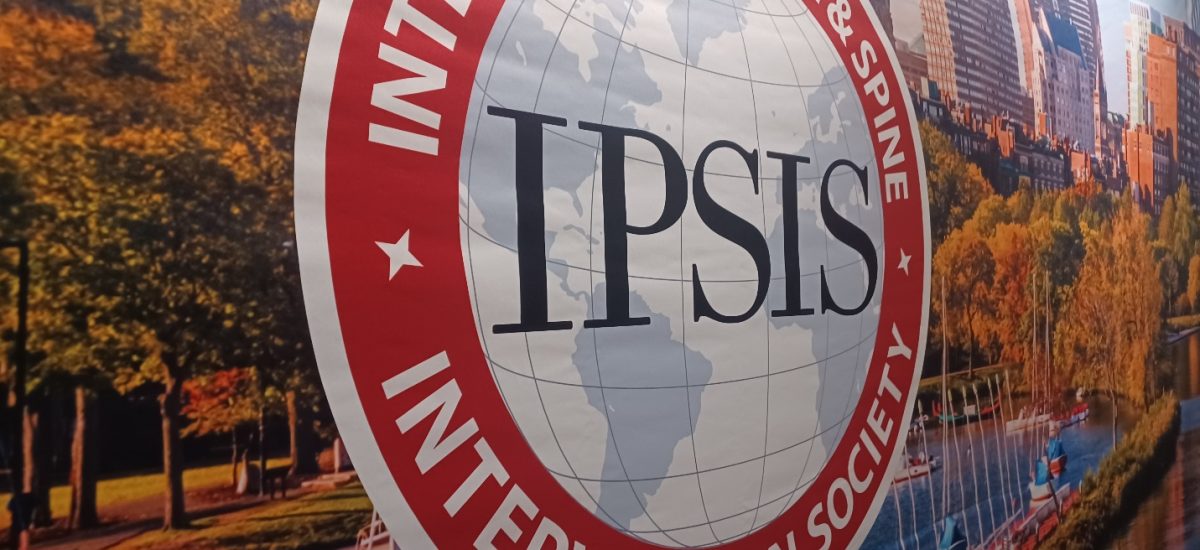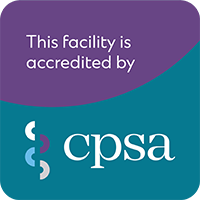Well I’m back in conference territory, with a bunch of highly intelligent specialist MDs talking all things interventionist. I’m surrounded by docs who are trained with needles to get medicine into areas that relieve pain. They can literally bend needles sideways and around corners – they are that talented. We will be hearing lectures about how to access tricky areas, where the medicine really flows and how to image where the medicine flows. Lectures will be spent on correct diagnostic standards and treatment outcomes of various procedures. This is all combined with anatomy reviews of the relevant body region, thus filling my brain with a cornucopia of information to absorb and process. And little ol’ me continues to be the lone allied health professional – after more than a decade of attending. I’m often ask why I attend these conferences. Well, firstly, evidence-based knowledge on best practices for treatment of people with a lived experience of pain is at the forefront. I want to know what treatments work and in what patients. In the whiplash world, approximately 20% of people continue to report persistent pain 2 years following their motor vehicle collision injuries and as our data shows in an upcoming publication, all of have failed multiple episodes of conservative rehabilitation. That brings me to the second reason I attend. Every conference I attend involves a presentation of data of some sort. As I’ve said before, I don’t know what I don’t know. Thus, for that we collect data. As a famous person once told me – all truth is found in a 2×2 table. That data then informs care. Presenting it on the international scene ensures that this information is transferred to other health practitioners so that they can inform their care. Also, it holds us to high standards – what did we do well, what can be improved, and what might this mean. The questions asked are invaluable on future research and even interpretation of the results. There is nothing better than being put on the spot and not having an answer. That gets the brain ticking!
Is Pain Amplification an Accurate Reflection of Actual Tissue Damage?
So, what am I presenting this year. Well, this is a little controversial. I have been challenged in the last couple of years by some papers looking at prognosis and risk factors that might predict recovery or different clusters of people injured in a motor vehicle collision. As previously reported, all clinical trials in the last decade involving conservative rehabilitation for people with chronic WAD have failed to demonstrate significant reduction of pain or disability. The silver lining with these results, is that the treatments have prevented people from worsening, and given the ‘group’ averages, some of the people in these trials benefit and some don’t, but on average, there is no change. Interestingly, none of these trials use interventions outside of conservative rehabilitation in an effort to improve outcomes. It surprises me, as in knee OA trials of people who are chronic, trials are conducted combining various treatments to improve outcomes – bracing, injections of various medicines, nerve interventions and surgery are all trialed and combined with different forms of exercise or physical activity. Now one of the reasons may be that spinal pain following trauma doesn’t have an image to point to a ‘definite’ tissue lesion. Separately, many trials focus on pain as the outcome. And as pain is a central process, many studies seem to assume that it is not the tissue lesion that is important, but how your central nervous system processes the messages from this lesion that is important. The thinking goes that imaging shows most of us have some sort of structural lesions, but few of us have pain. Therefore, the majority of us are resilient in having nervous systems that don’t focus on those structural deficits. However, we have tests using local anaesthetic that can test the hypothesis if a structure is a source of a person’s pain. If you lose your pain when numbed, and occasionally this requires repeating we can be relatively sure that those tissues are contributing to a person’s pain experience. But most trials don’t test if people have a source of underlying nociception driving a person’s pain experience. But, studies are emerging where they look at risk factors predicting poor recovery and use surrogate measures of tissue lesions – that being measures of pain amplification. Thus, those whose pain is amplified (i.e. sensitive to application of applied stimuli) when first injured tend to have worse recoveries. The discussion of these papers then promote all the factors that statistically might influence non-recovery with not one word of the potential of persistent tissue lesions being responsible for a person’s ongoing pain experience. Psychological factors, fitness factors and recent biomarkers (blood, saliva) are entered into statistical models, with no mention that these may be related to an underlying tissue lesion. I haven’t quite known how to respond to these studies. However, I recently recognized that I have this data from my original PhD thesis.
In a series of studies, many years ago, we were intrigued as to whether a person’s pain processing and sensitivity to different stimuli were influenced by a known tissue lesion. Thus, we measured a person’s sensitivity to various mechanical, thermal and electrical stimuli prior to and following injection based procedures, noting that a person’s sensitivity to these stimuli improved when their tissue lesion was not painful. Thus, it is possible that there is a strong correlation between a person’s tissue lesion and their pain amplification, and thus, measuring a person’s pain amplification is all that’s needed to determine if a person has an underlying tissue lesion. But as the data I am presenting at this conference shows this relationship is not necessarily accurate. Our index test and ground truth revolved around the fact that we identified people following a whiplash injury with pain arising from their facet joints in the neck region. These people had undergone two diagnostic procedures and then a procedure to burn nerves to those joints so they could not feel their neck pain. One month following this procedure, we selected the people where this was successful. Thus, we are certain that these people have a tissue lesion. In all these people their pain returned 7-14 months later when the effects of the treatment wore off. We also had a healthy control group with no neck pain. The reference test involved a measure of pain amplification (to pressure), which was performed prior to the interventional procedures being performed. We then investigated the accuracy of this test of pain amplification against the ground truth. In up to 30% of people with a known tissue lesion, pain amplification did not differ from our healthy comparison group (i.e. false negative response). Thus, if we took pain amplification as a measure of a tissue lesion, these people would never have received a validated treatment that assisted in their recovery. Separately, if we looked at the healthy people with no neck pain and used pain amplification as an indicator of an actual tissue lesion, we would intervene on their necks, as up to 45% of these people demonstrated pain amplification. In summary, using measures of pain amplification are not proxies for indication of underlying tissue lesions, and to avoid people having ‘missed diagnoses’ and being prevented from having validated treatments, appropriate diagnostic procedures should be performed
This would also indicate that many people in studies with persistent pain have ongoing underlying tissue lesions that are associated with their pain, irrespective of whether they demonstrate pain amplification Thus, just because people don’t respond to conservative rehabilitation, doesn’t mean that there isn’t some sort of solution available to assist with pain reduction. Sometimes we just need to dig deeper!





